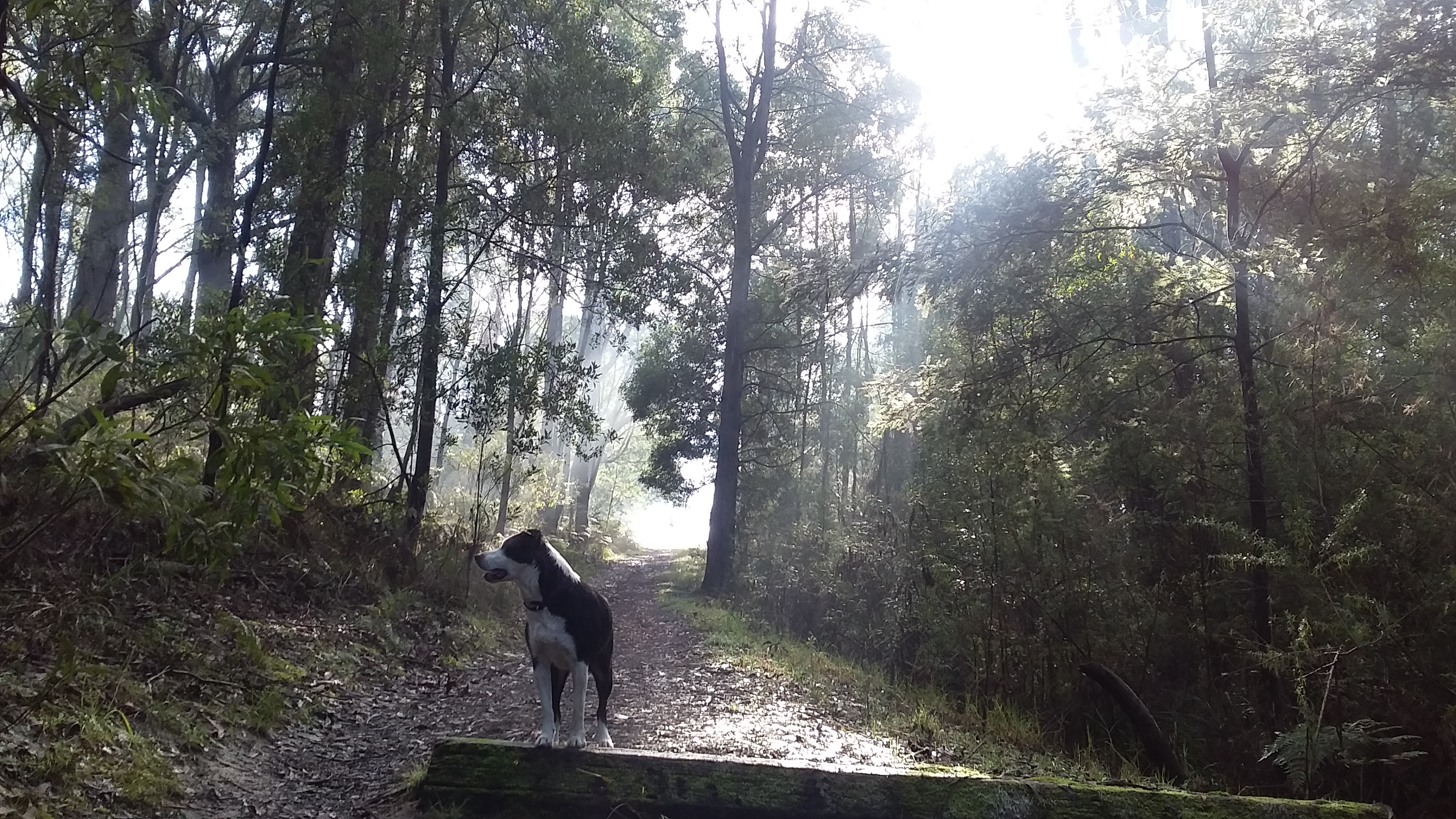Blog
Tips for recording interviews and focus groups

If you want accurate transcripts of interviews or focus groups, in addition to a set of relevant questions and willing participants, you need clear, audible audio recordings. You also need an accurate transcriptionist, to ensure the recordings are transcribed into accurate transcripts.
How to record clearly interviews and focus groups
To produce a clear recording of an interview or focus group you need to:
- record the session in a quiet place; no noisy air-conditioners, heaters, crowds, traffic or wind
- make sure there are no papers placed over the recorder or papers being rustling next to the recorder
- check that the recorder is working properly
- if people are participating via Skype, Zoom, telephone, videoconference or teleconference, establish a good connection. Any static background noise or interference will reduce audibility
- make sure all participants are seated within four metres of the recorder or, if possible, within one metre
- make sure people are facing the recorder (not turning their face away, side-on or downwards)
- encourage people to speak clearly. If people are whispering, mumbling or speaking quietly, ask them to speak up so their comments are audible in the recording
- make sure the ‘voice-activated record’ button on the recorder is switched off. If the voice-activated method of recording is used, sometimes the first part of people’s comments are missing from the recording
- the aim of the recording is to record participants’ or interviewees’ comments, not the interviewer’s or facilitator’s comments. Whilst you may need to give some information and prompts, keep your comments minimal
- Some voices may not be clearly audible. For example, they may have a very soft voice or strong accent, or are so emotional they cannot speak clearly. In that case, the interviewer or facilitator should reiterate or clarify what they have said to provide a clear record of those partially inaudible comments.
When recording focus groups you also need to…
- explain to the group the importance of speaking one at a time so all their comments are audible in the recording and represented in the transcript.
- identify yourself (as the facilitator) at the start of the recording so the transcriptionist is able to link your voice with your name, and identify yourself as the facilitator throughout the transcripts
- if participants do not need to be identified in the transcript, they do not need to state their names in the recording
- make sure each person that needs to be identified in the transcript identifies themselves the first time they speak. If some of the focus group participants have similar voices, unless someone has produced log notes* of the session the transcriptionist will not be able to identify everyone in the transcript.
* log notes can be scribed by a person present at the session. Log notes detail the name and first word or two of each person who speaks throughout most of the session. By referring to the log notes when transcribing the audio file, the audio transcriptionist is able to correctly identify the comments of each speaker throughout the transcript. If there are no log notes, and more than two or three speakers, they may not be able to be identified in the transcript.
What sort of equipment do you need?
Nowadays, an inexpensive digital audio recorder, or your iPhone, can produce
audio recordings of quite good quality. A good audio recorder costs between $90 and $160 AUSD (depending on the brand and type).
I use a tiny Sony recorder with a handy built-in USB. After recording interviews, I plug the USB into my computer and click to import the audio files.
Some people record their interviews and focus groups in video files and unusual formats which I then convert into a common audio file format (such as
MP3, WMA, WAV, DSS) so I can import the files into my audio transcription software and transcribe them.
Professional oral historians and journalists often use not only a good quality recorder but also headphones (which the interviewer wears, so they can make sure no background noise is interfering with the recording), and possibly also a microphone for the interviewee. These extra items can be important when recording interviews in high-background noise situations such as outdoors, in a busy place such as a cafe, or where there is any wind.
Whatever type of audio recorder you intend to use to record your interviews or focus groups, before you get started, please make sure you test the equipment so you know how to record, save and import your audio files into a computer, or onto the cloud, so that they can be transcribed.
Image: Gavin Whittner, MusicOomph.com
Back To Blog

